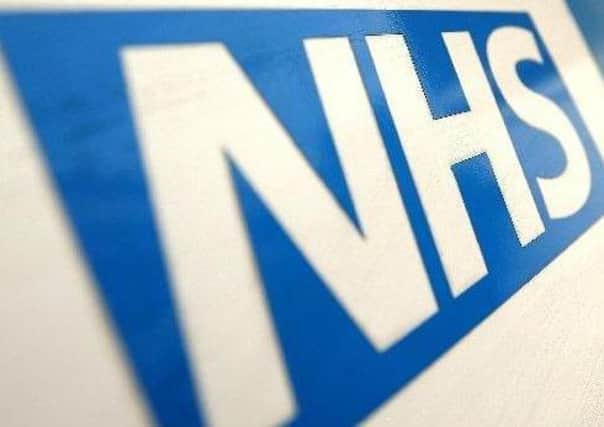Babies being stillborn due to care failings


Almost half of women studied who suffered a stillbirth sought help from midwives and doctors because their baby’s movements had slowed down but some were turned away, the expert inquiry found.
In other cases, the baby’s heart rate was monitored but the readings were misinterpreted by staff.
Advertisement
Hide AdAdvertisement
Hide AdExperts also found a failure across the board to follow national guidelines on checking the growth of babies during pregnancy.
Women at higher risk of stillbirth - such as those at risk of diabetes - were also not checked properly or closely monitored.
The report found that half of stillborn babies who made it to term and who were normally formed had at least one element of care requiring improvement which may have made a difference to the outcome.
The charity Sands said the findings show that around 500 babies in 2013 had a major issue in the care leading up to the stillbirth where better care may have prevented the death.
Advertisement
Hide AdAdvertisement
Hide AdThe Royal College of Obstetricians and Gynaecologists (RCOG) said six out of 10 stillbirths of full-term babies that are fully formed are potentially avoidable.
Almost one in every 200 babies is stillborn in the UK. The UK still lags behind much of the developed world when it comes to stillbirth.
In 2013, the UK had one of the highest rates of stillbirth in Europe (4.7 per 1,000 total births).
The new report, from a team of academics, clinicians and charity representatives called MBRRACE-UK, found “critical gaps” in the care of pregnant women and “missed opportunities” to prevent stillbirth, with some of the same problems as 15 years ago.
Advertisement
Hide AdAdvertisement
Hide AdMore than 1,000 stillbirths of single babies occur every year in the UK when the pregnancy has reached full- term and the baby has no congenital abnormality.
The team, led by experts from the University of Leicester, carefully reviewed 133 such cases from 2013.
They found that national guidance for screening and monitoring growth of the baby was not followed for two thirds of cases.
The growth of the baby should be plotted on a graph and shown to the woman at antenatal appointments from the 24th week of pregnancy.
Advertisement
Hide AdAdvertisement
Hide AdThe report said: “The measurement of foetal growth is far from an exact science.
“However it is disappointing that this inquiry found missed opportunities when growth was measured but not plotted on a growth chart and the identification of failing growth was missed.
“Perhaps more depressing still was where growth failure was evident from the growth chart and appropriate action was not taken.”
The experts also found that two-thirds of women with a risk factor for developing diabetes in pregnancy were also not offered testing.
Advertisement
Hide AdAdvertisement
Hide AdIn almost half of cases, women had contacted their maternity units concerned that their baby’s movements had slowed, changed or stopped.
In half of these cases, there were missed opportunities to potentially save the baby.
The report said: “There was evidence of a failure to respond appropriately to attendance and repeat attendance by women with reduced foetal movements; either a lack of investigation, misinterpretation of the foetal heart trace or a failure to respond appropriately to additional risk factors.”